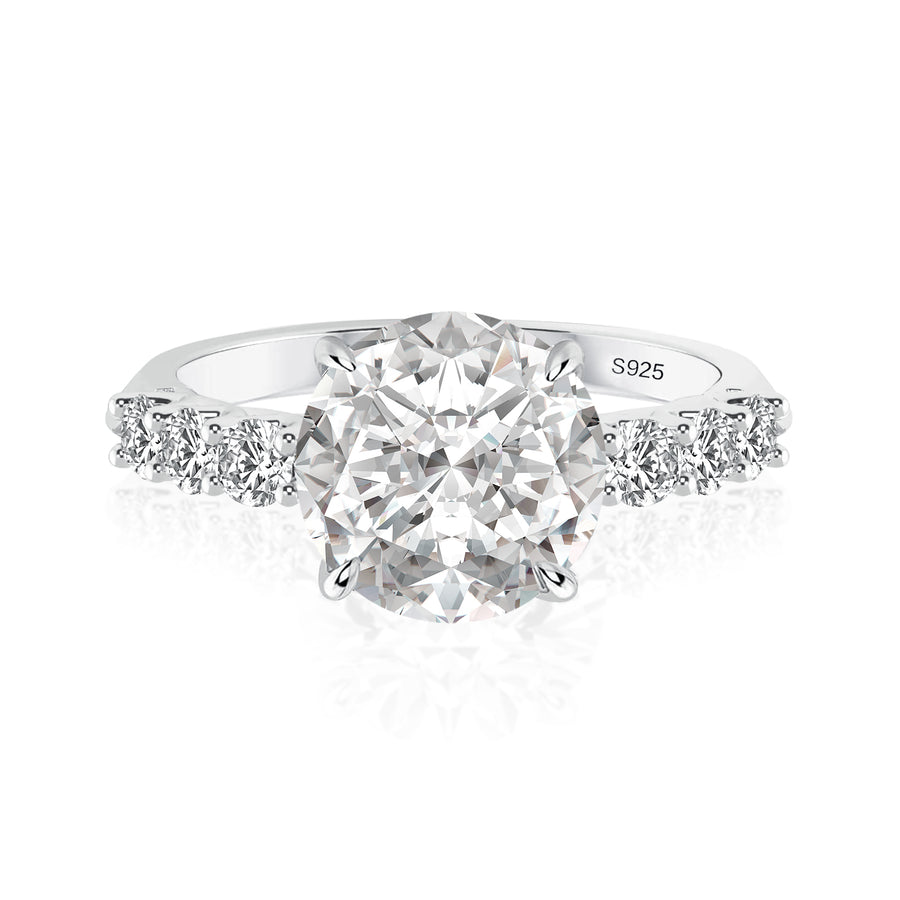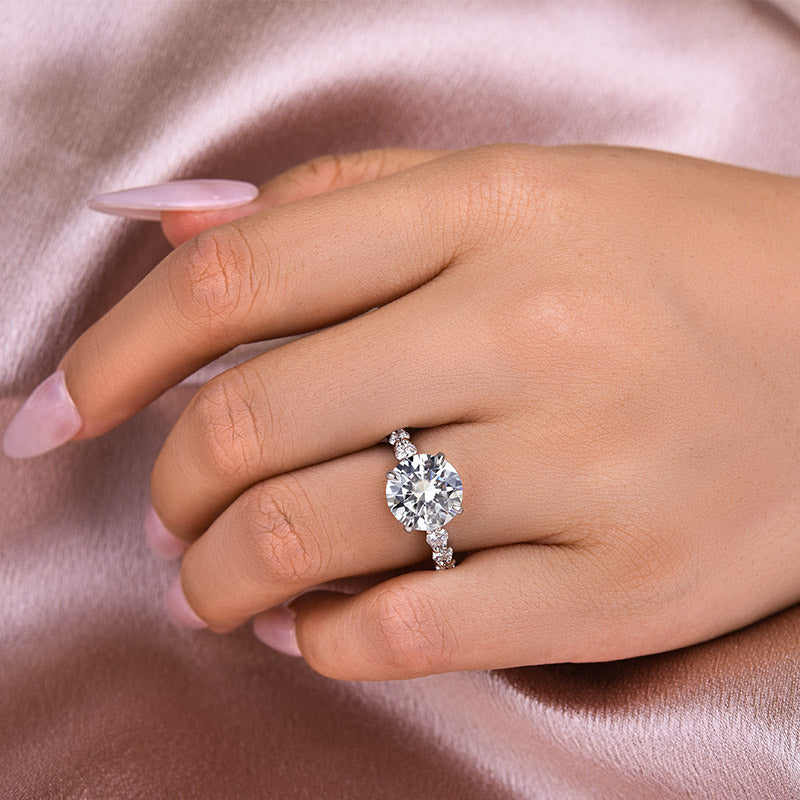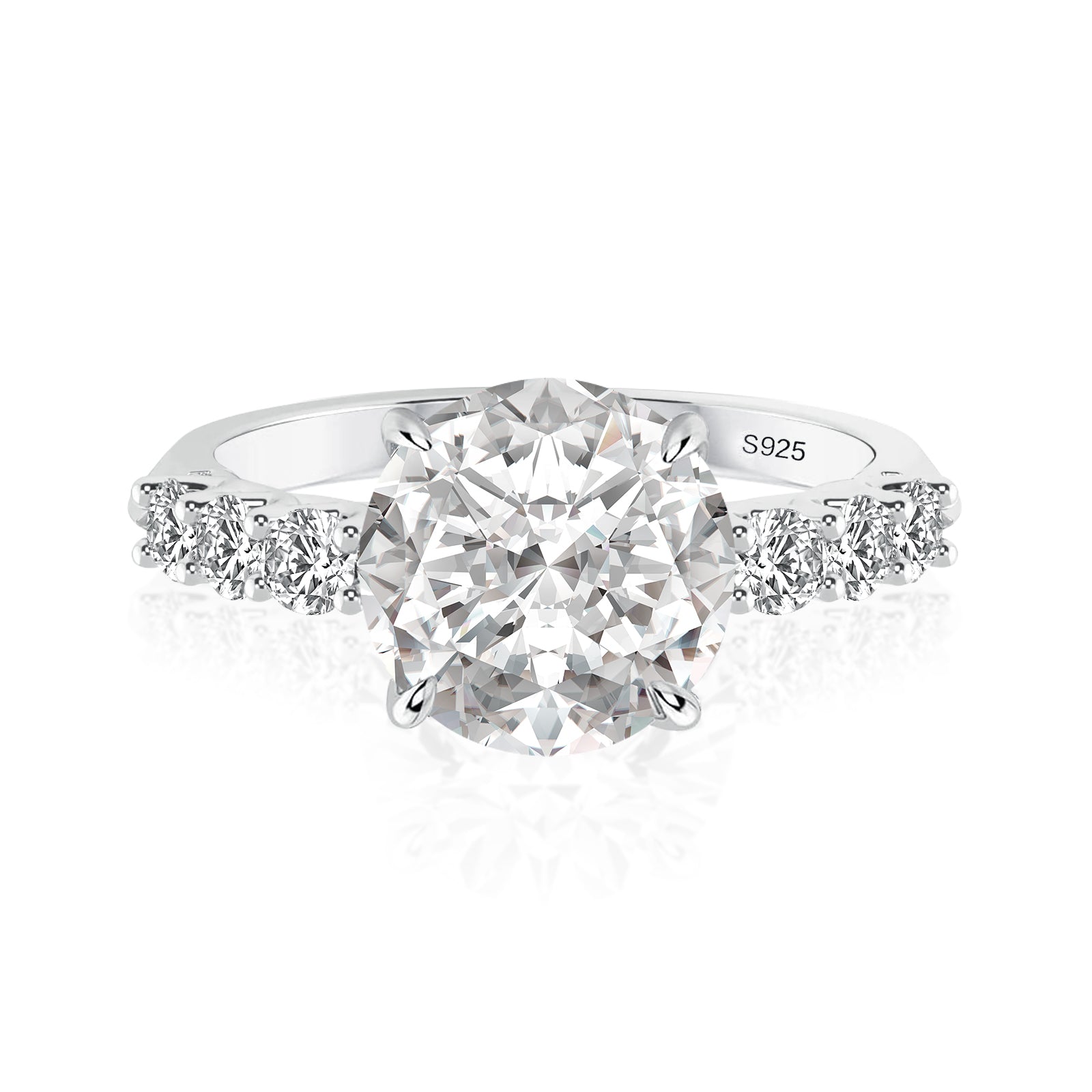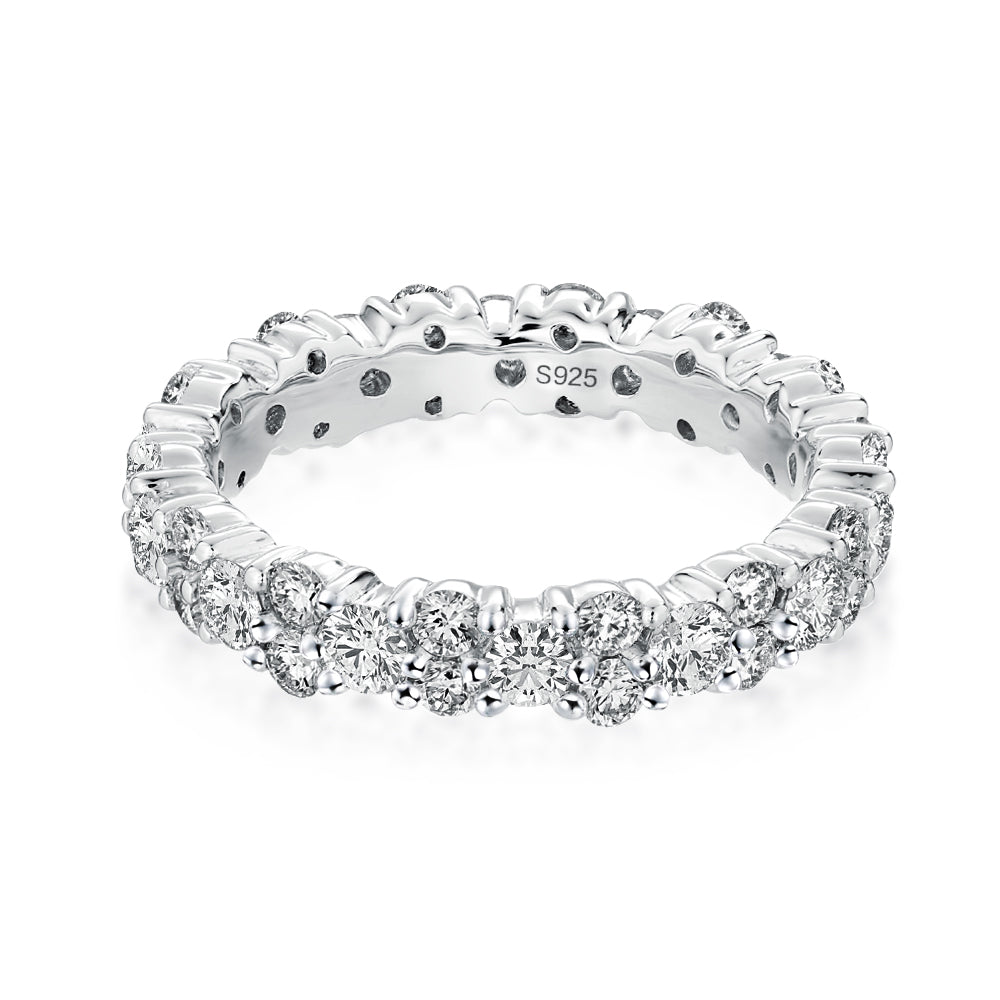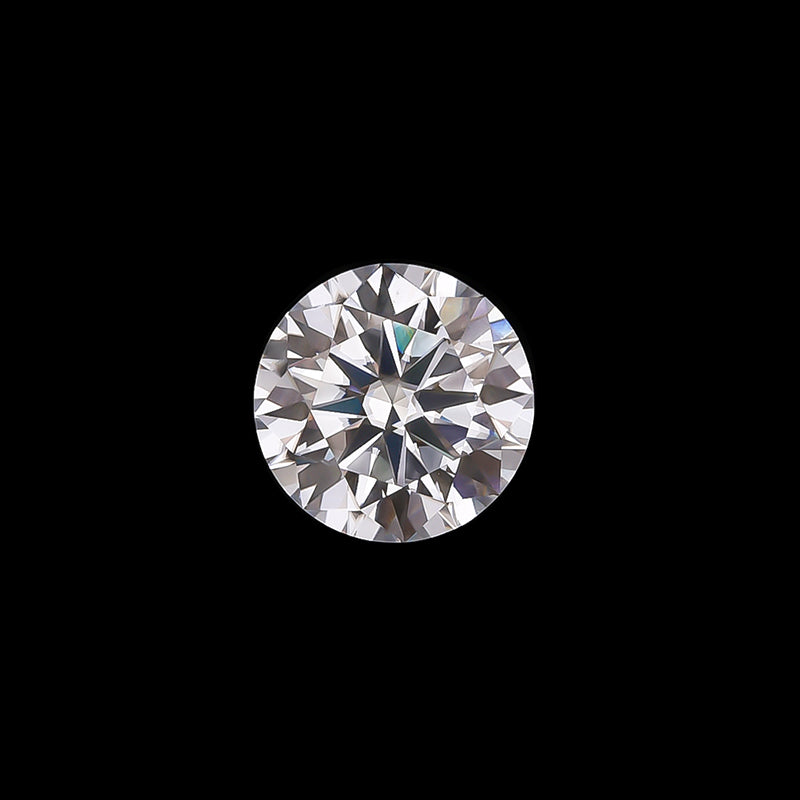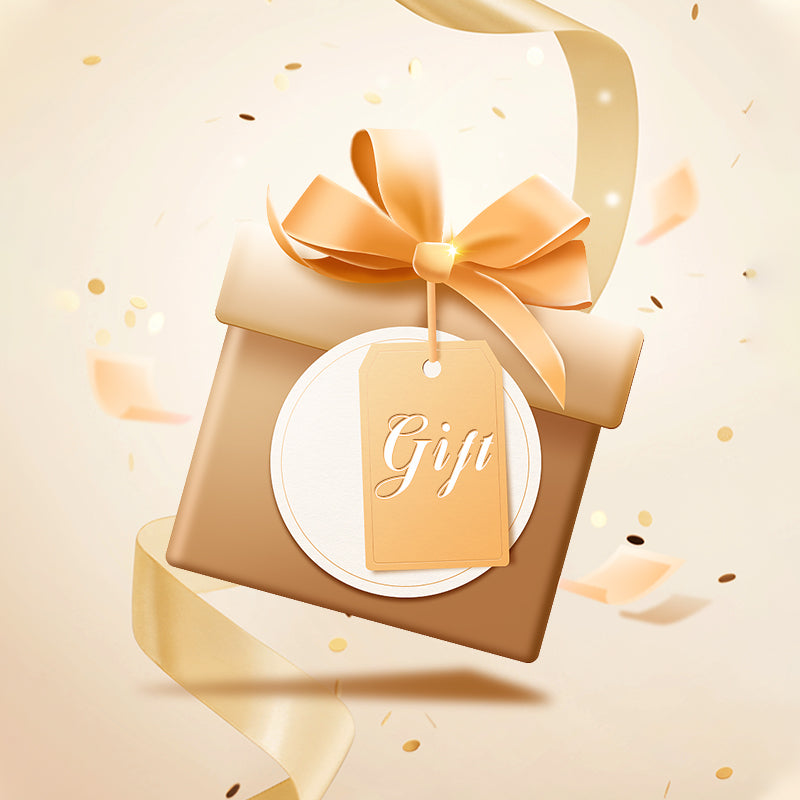The Fascinating History of Engagement Rings: From Ancient Symbols to Modern Traditions
Engagement rings have become one of the most significant symbols of love and commitment in modern culture. The moment when a person gets down on one knee and presents an engagement ring is a universally recognized act of proposing marriage, a tradition steeped in emotion and symbolism. However, the story of the engagement ring is not merely a tale of love; it is also a reflection of historical, cultural, and economic transformations. In this blog, we will explore the history of engagement rings, tracing their origins, evolution, and how they came to be the cherished symbols they are today.

1. Ancient Beginnings: The Ring as a Symbol
The use of rings as symbols of commitment and fidelity dates back thousands of years. The earliest known instances of rings being exchanged as symbols of love and commitment can be traced to ancient Egypt, around 3000 BCE. The ancient Egyptians believed that circles were symbols of eternity, as they have no beginning or end. Thus, rings became symbolic of eternal love and were exchanged between lovers.
These early rings were often made of simple materials such as reeds, leather, or bone, and worn on the fourth finger of the left hand. The reason for this choice of finger lies in an ancient Egyptian belief that a vein, later referred to by the Romans as the vena amoris (vein of love), ran directly from that finger to the heart.
In ancient Rome, the concept of betrothal rings began to take on a more formalized role. Roman men gave rings to their brides as a public pledge of marriage. Initially, these rings were made of iron, symbolizing strength and permanence. Over time, more affluent Romans began to use gold, reflecting wealth and status. It is here that we begin to see the evolution of rings from practical symbols to objects of adornment and status.
2. The Middle Ages: Religious Influence and Gemstones
The custom of giving rings as part of a marriage proposal became more widespread in Europe during the Middle Ages. The Christian Church played a significant role in formalizing the tradition of engagement rings. Around the 12th century, Pope Innocent III declared that a waiting period should be observed between the engagement and the marriage, and during this time, the exchange of a ring could take place.
During this period, the use of gemstones in rings began to emerge. Rings were often set with precious stones, each carrying its own symbolic meaning. Sapphires, for example, were believed to represent heaven, fidelity, and truth, while emeralds symbolized fertility and faithfulness. The ruby, with its deep red hue, was associated with passion and love. Diamonds, though not yet the overwhelming choice for engagement rings, were also valued for their strength and brilliance, symbolizing the enduring nature of love.
3. The Renaissance: The Rise of Diamonds
The Renaissance period marked a significant turning point in the history of engagement rings, particularly in the use of diamonds. The discovery of diamond mines in India in the 15th century made diamonds more accessible, and their rarity and beauty quickly made them highly desirable. The diamond's ability to refract light and its unparalleled hardness (symbolizing an unbreakable bond) made it a popular choice for royal and noble families.
One of the most famous early instances of a diamond engagement ring was in 1477 when Archduke Maximilian of Austria presented a diamond ring to Mary of Burgundy. This ring featured thin, flat pieces of diamonds arranged in the shape of an "M." This event is often cited as the beginning of the tradition of diamond engagement rings among European nobility.
As the diamond trade flourished, the use of diamonds in engagement rings became more prevalent among the upper classes. However, it was not until much later that diamonds would become the universal symbol of engagement that they are today.
4. The Victorian Era: Romanticism and Customization
The Victorian era (1837-1901) brought about a significant transformation in the design and symbolism of engagement rings. Queen Victoria’s love for her husband, Prince Albert, was well-known and celebrated, and their relationship had a profound influence on the culture of the time. Engagement rings from this era were often ornate and intricate, reflecting the romanticism of the period.
Victorian engagement rings often featured a combination of diamonds with other gemstones and elaborate settings. It was also during this time that the practice of engraving rings with romantic messages or motifs became popular. The designs were heavily influenced by nature, with flowers, hearts, and serpents (a symbol of eternity) being common themes.
The Victorians also popularized the use of "posy rings," which were bands engraved with short poems or romantic sayings. These rings were a way for lovers to express their feelings in a time when public displays of affection were often frowned upon.
5. The 20th Century: The Diamond Boom
The 20th century saw the transformation of the engagement ring into a commercial and cultural phenomenon, particularly in the Western world. This change was driven in large part by the diamond industry, most notably the De Beers company.
In 1947, De Beers launched one of the most successful advertising campaigns in history, coining the now-iconic slogan, "A Diamond is Forever." This campaign emphasized the idea that diamonds, like love, are eternal and indestructible. The campaign was instrumental in establishing the diamond solitaire as the quintessential engagement ring.
The success of this marketing effort was profound. By the mid-20th century, the majority of engagement rings in the United States featured diamonds, a trend that quickly spread to other parts of the world. The diamond solitaire ring became a cultural standard, symbolizing purity, strength, and eternal love.
6. Modern Trends and Cultural Shifts
Today, engagement rings continue to evolve, reflecting changes in societal values, fashion, and individual expression. While the classic diamond solitaire remains popular, modern couples are increasingly exploring alternative gemstones, unique settings, and ethical considerations in their ring choices.
a. Alternative Gemstones: As modern consumers seek to express individuality and personal style, many are opting for engagement rings featuring alternative gemstones such as sapphires, emeralds, or even colored diamonds. These choices often reflect a desire for something unique or a connection to a particular meaning or symbolism associated with the gemstone.
b. Vintage and Custom Designs: The demand for vintage rings or custom-designed pieces has also grown. Many couples are drawn to the charm and craftsmanship of vintage rings from earlier eras, while others prefer to work with a jeweler to create a custom piece that tells their unique love story.
c. Ethical and Sustainable Choices: In recent years, there has been a growing awareness and concern regarding the ethical implications of diamond mining, particularly the issue of "conflict diamonds" or "blood diamonds." This has led to a rise in the popularity of lab-grown diamonds, which are chemically identical to natural diamonds but are created in controlled environments. Additionally, some couples choose to purchase vintage or recycled rings as a sustainable option.
d. Non-Traditional Styles: The modern era has also seen a break from tradition in terms of ring styles. Some couples choose rings with unconventional designs, mixed metals, or no gemstone at all. These choices reflect a broader acceptance of diverse expressions of love and commitment.
e. Gender-Neutral and Same-Sex Engagement Rings: As society's understanding of gender and relationships has evolved, so too has the approach to engagement rings. Same-sex couples and those in non-binary relationships are creating new traditions, often choosing rings that reflect their unique identities and relationships. Gender-neutral ring designs and the exchange of rings by both partners are becoming more common, reflecting a more inclusive approach to love and commitment.
7. The Cultural Significance of Engagement Rings Today
Engagement rings today are more than just a piece of jewelry; they are deeply personal symbols of love, commitment, and the beginning of a shared future. Despite the changes in styles, materials, and traditions over the centuries, the fundamental meaning of the engagement ring has remained consistent: it is a symbol of a promise made between two people.
In many cultures, the giving and receiving of an engagement ring is an important rite of passage, a moment that is celebrated and cherished. The ring itself often becomes a family heirloom, passed down through generations as a reminder of the love stories that preceded it.
However, as society continues to change, so too will the traditions surrounding engagement rings. What remains constant is the profound emotional significance that these rings hold for the individuals who exchange them. Whether traditional or modern, simple or elaborate, an engagement ring is a timeless symbol of love that transcends generations.
Conclusion: The Everlasting Symbol
The history of engagement rings is a rich tapestry woven with threads of love, tradition, culture, and commerce. From the simple bands of ancient Egypt to the dazzling diamond solitaires of the modern era, engagement rings have evolved in countless ways while retaining their core symbolism. As society continues to change and new traditions emerge, the engagement ring will undoubtedly continue to evolve, adapting to the values and tastes of future generations. Yet, at its heart, the engagement ring will always remain a symbol of a timeless promise: the commitment to love and cherish another person, forever.




